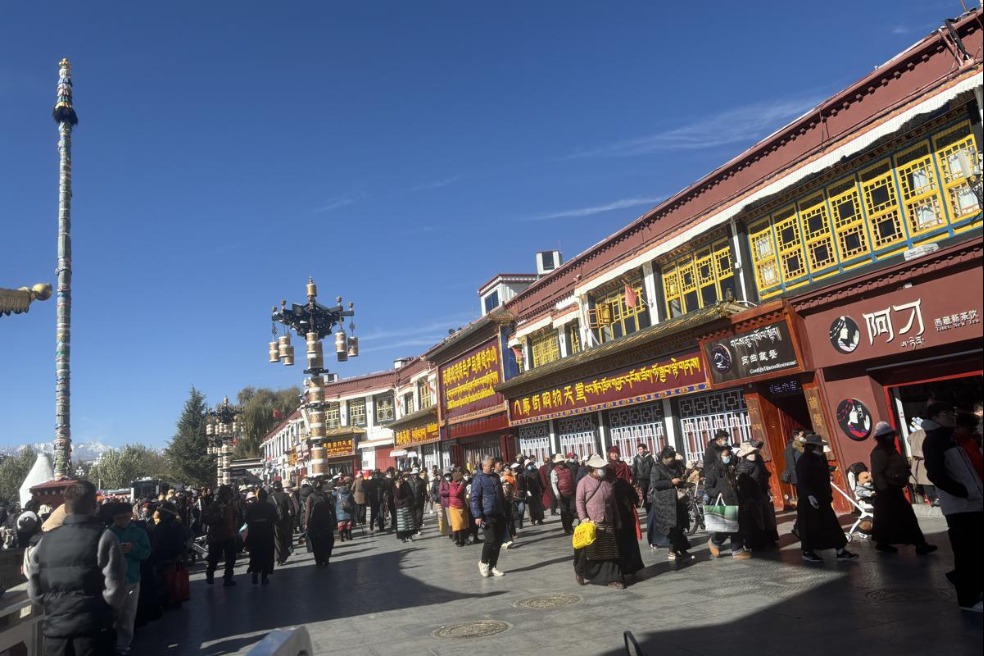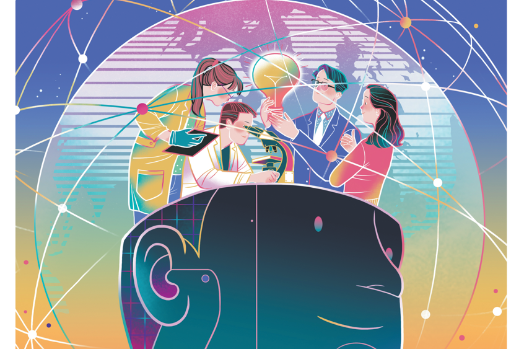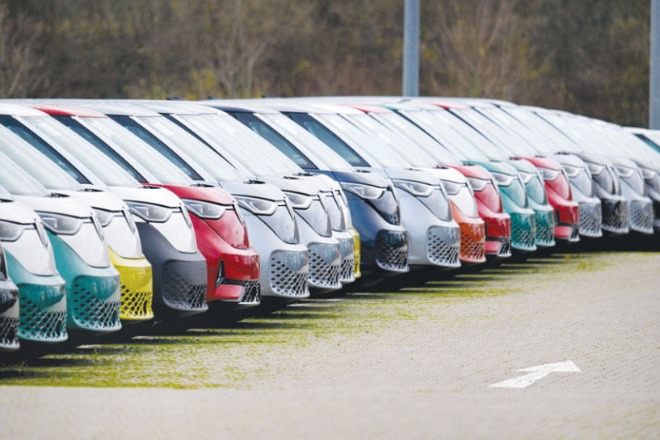Regulating tech use to curb 'deepfake' risks


A document jointly released by the Cyberspace Administration of China, the Ministry of Industry and Information Technology and the Ministry of Public Security, requires those providing deep synthesis, or so-called "deepfake", technology and services to clearly label them so that people do not mistake them for real information.
The document will come into effect on Jan 10, which means the technology of deep synthesis will be regulated more strictly. If deep synthesis sounds too professional, then let us make it simpler through these examples:
It includes virtual reality, which creates a totally animated environment on computers or smartphones. The technology helps hold online conferences where participants appear on screen as if they were in the same room; Facial animation, in which the user can replace the face of a person in the video with that of someone else; Animated voices, in which the user can provide voice-over for those in the video.
Among all these technologies, the one that most easily creates misunderstandings is facial animation. And facial animation apps are also the most popular.
That increases the risk of violating people's rights, or even committing crimes. In 2019, the Ministry of Industry and Information Technology grilled ZAO — an app that allows users to upload their avatar and become the hero of a TV drama — for collecting people's facial data.
All these call for regulating the deep synthesis technology sector. Requiring service providers to label products is a good way of regulating it, but that's not enough as the ministries concerned cannot watch those all the time.
That's where the document helps, as it lays the onus on online platforms for regulating services on their platforms. Proper regulation can contribute to optimum utilization of technology.
































